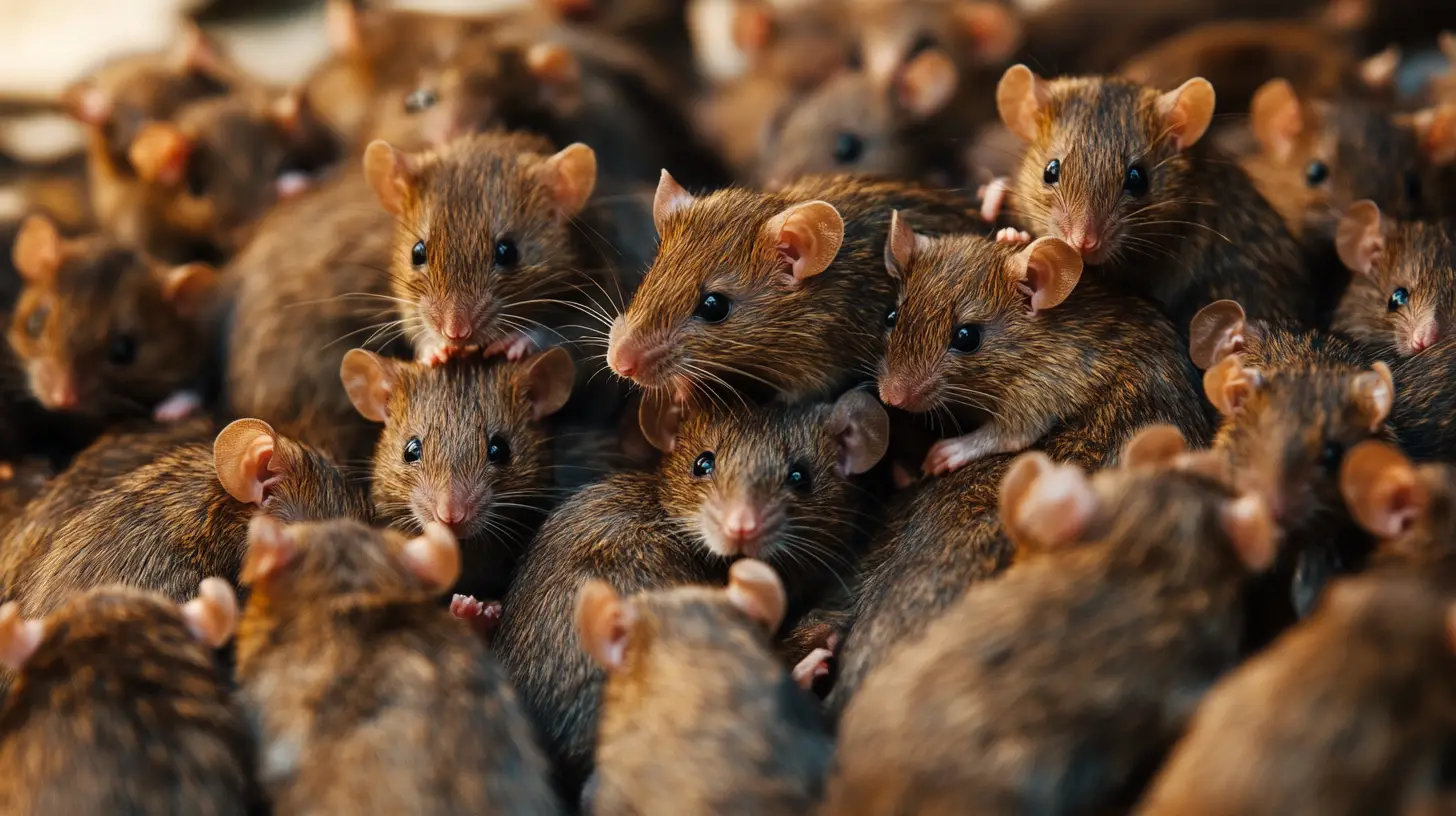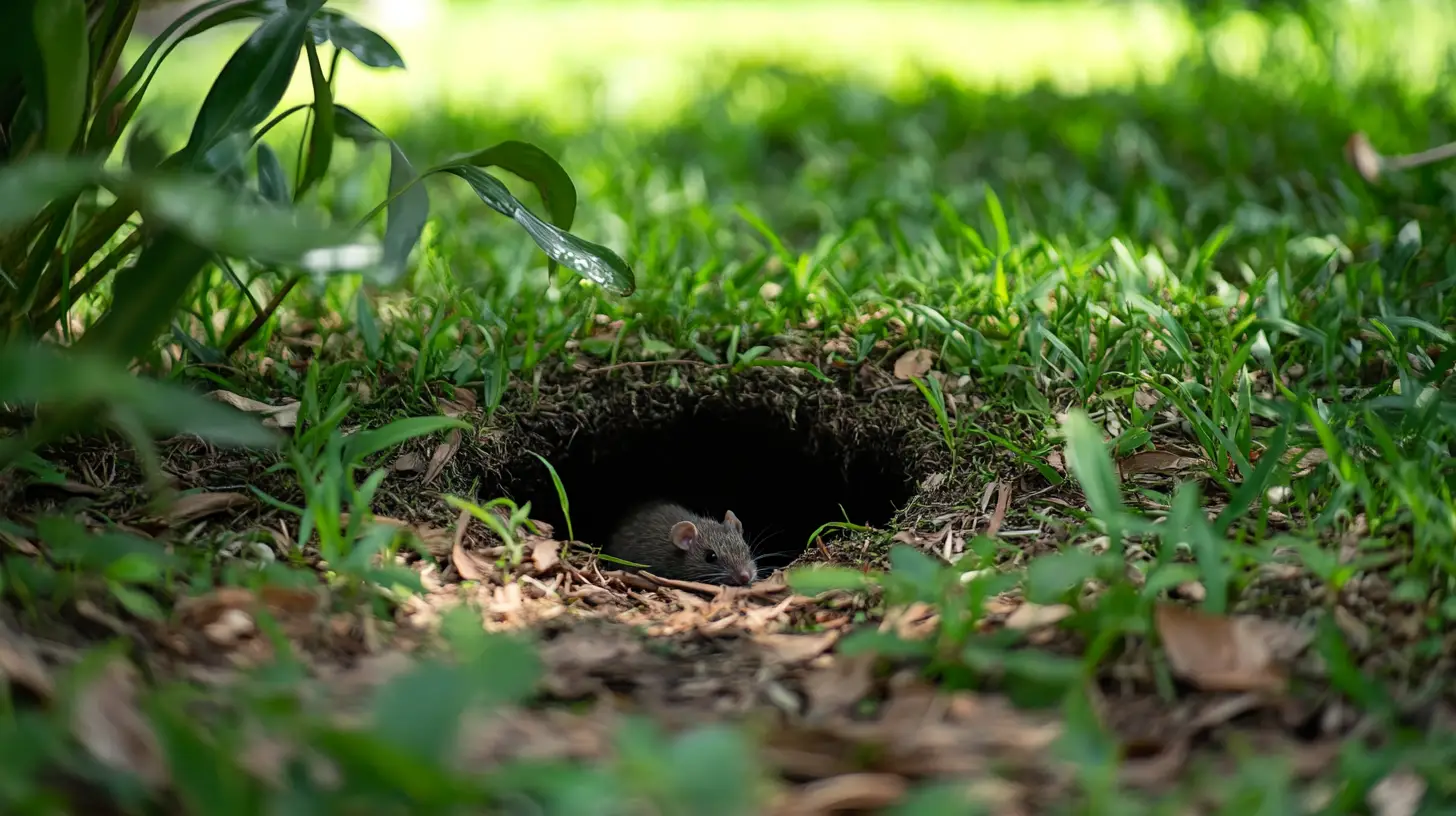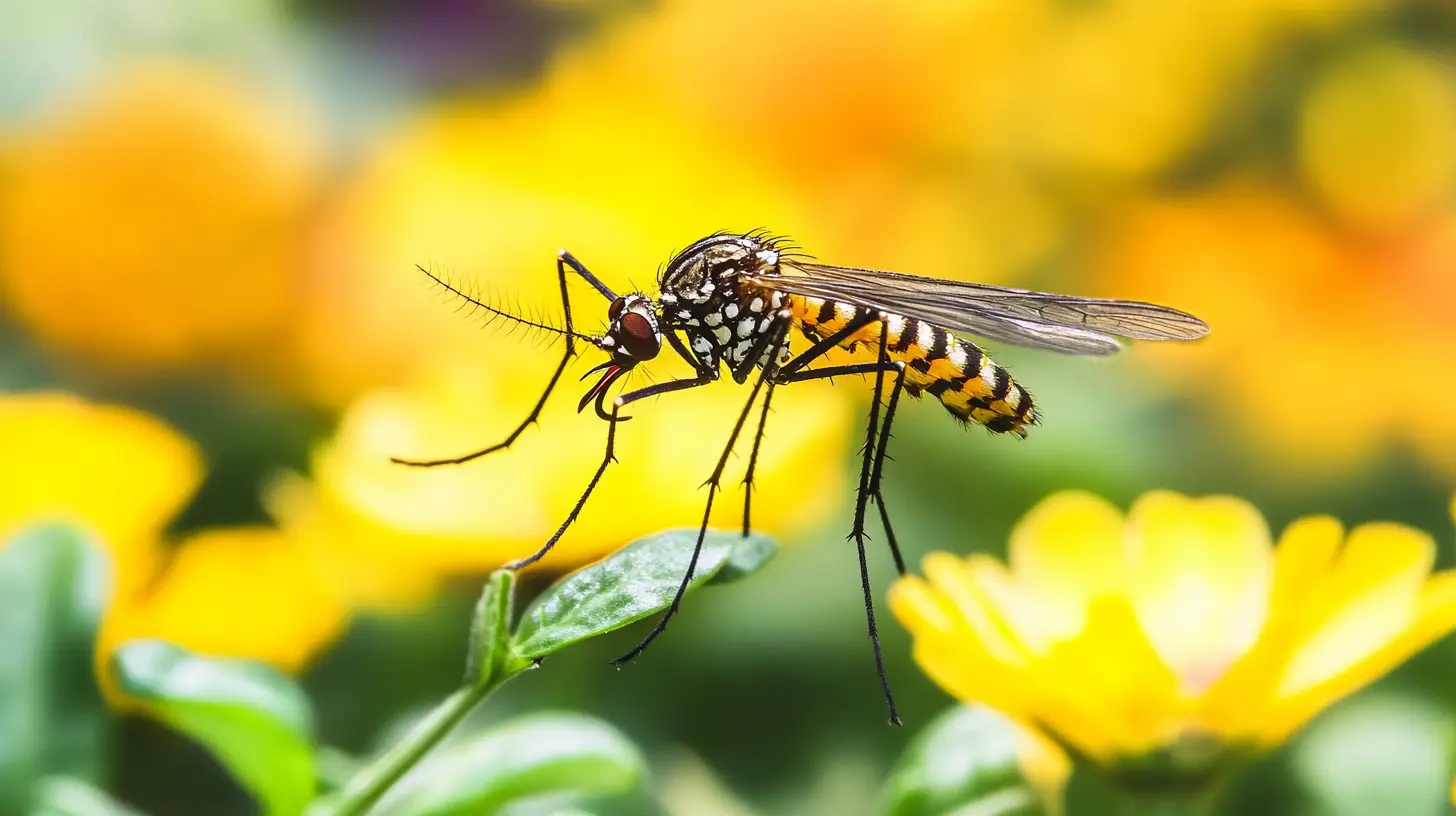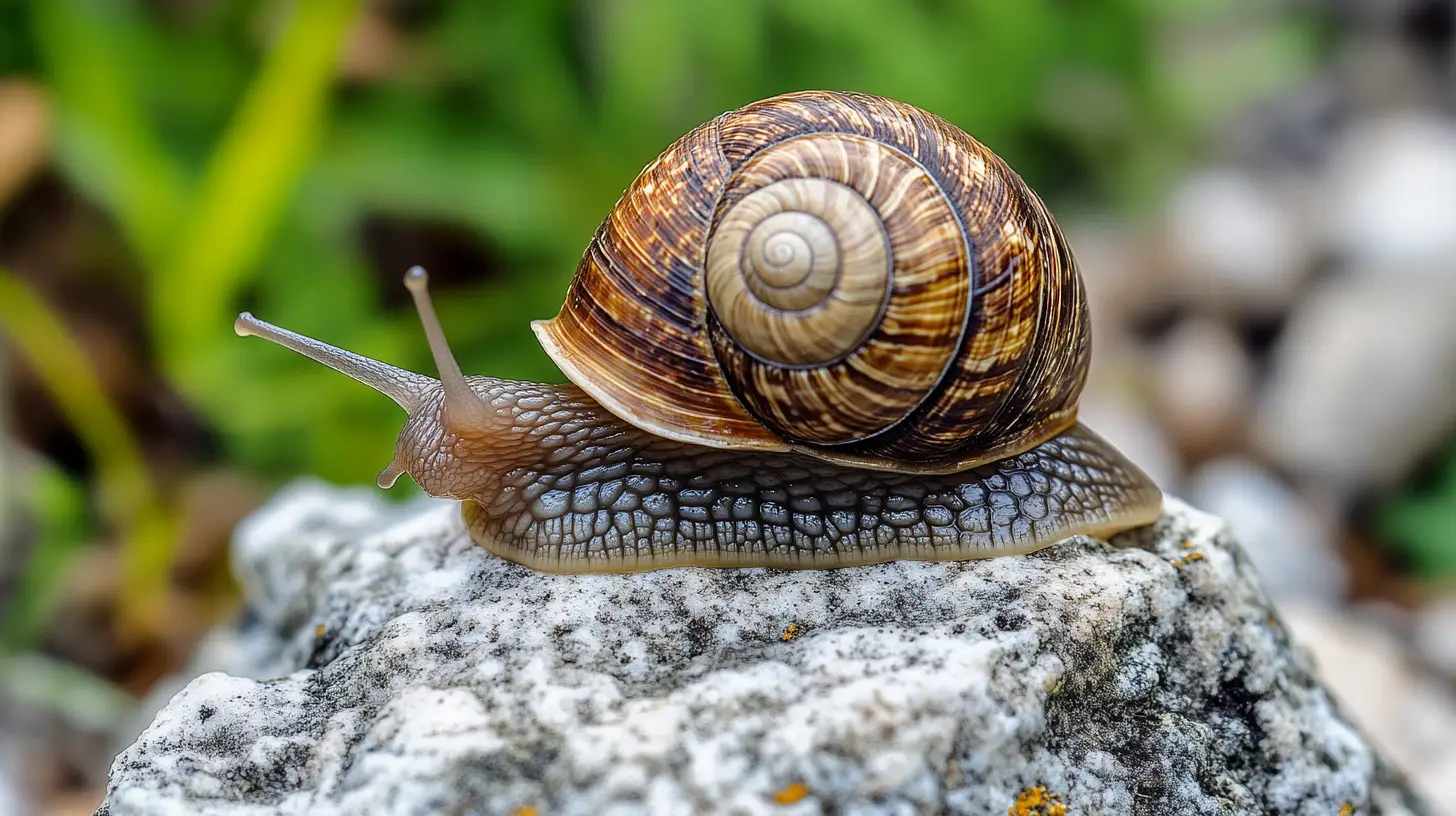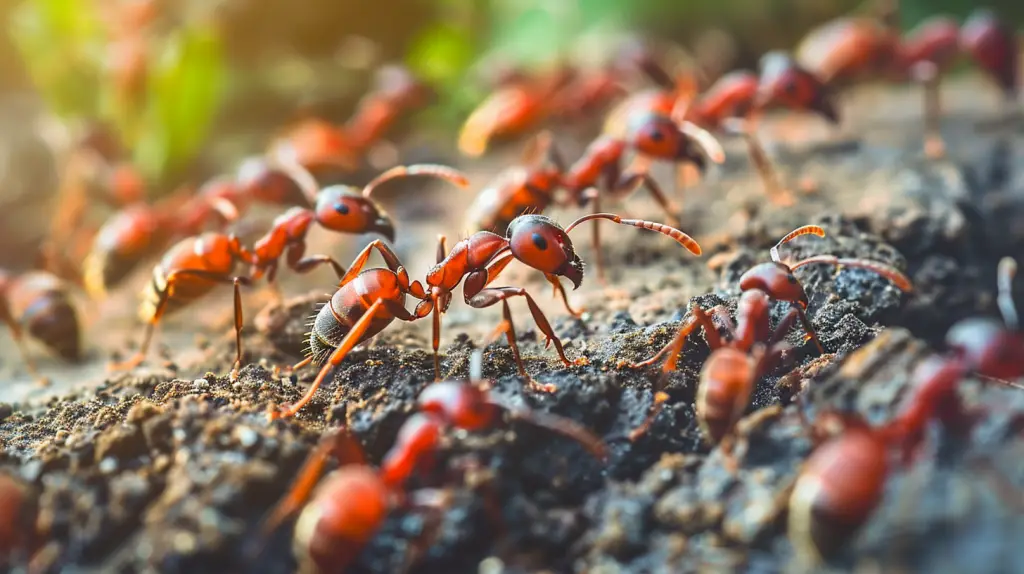
Table of Contents
Red ants, commonly known as fire ants, might seem like minor nuisances at first, but they can quickly escalate into a major problem in your home or yard. These pests are notorious for their aggressive swarming behavior and multiple stings, which can cause painful welts and, in severe cases, trigger allergic reactions.
With large colonies that can contain hundreds of thousands of ants, fire ants thrive in warm regions of the U.S. and can relocate quickly—making infestations tough to control. Their ability to form floating colonies during floods and build hidden underground nests adds to the challenge of managing them effectively.
To get rid of red ants, it’s essential to take a strategic approach that targets the queen, as eliminating workers alone won’t stop the colony from bouncing back. Spring and fall are ideal seasons for treatment since red ants are most active during these periods. Knowing their dietary preferences, such as their attraction to sweets and proteins, gives you an advantage in baiting them successfully. Proactive measures like regularly inspecting your yard and treating nests early can help keep these aggressive invaders at bay, ensuring your home stays safe and ant-free.
Key Takeaways
- Understand Red Ant Behavior: Knowing red ants’ aggressive nature and dietary preferences, such as their attraction to sweets and proteins, is crucial for effective fire ant control.
- Target the Queen: Effective ant control emphasizes eliminating the queen to disrupt the colony’s reproduction cycle, ensuring long-term results.
- Optimal Treatment Timing: Spring and fall are the best times to control red ants, coinciding with their high activity periods.
- Combination of Control Methods: Use a mix of broadcast bait and targeted insecticides for comprehensive ant management, ensuring minimal environmental impact and safety.
- Preventive Maintenance: Regular yard upkeep and sanitation, like trimming shrubs and removing food sources, reduce fire ants’ potential nesting sites.
- Regular Monitoring: Frequent inspections allow for early detection and prompt management of red ant mounds, mitigating their spread and impact.
Hot To Get Rid of Fire Ants
Fire ants, commonly known as red ants, pose a important challenge due to their aggressive nature and painful stings. These pests thrive in warmer climates, making areas like Lakewood Ranch particularly vulnerable. Managing these insects requires a strategic approach, targeting their colonies effectively.
Broadcast Fire Ant Bait
Broadcasting bait involves spreading it over a large area to control multiple fire ant mounds concurrently. This method incorporates bait containing slow-acting poison, carried back to the colony by worker ants. The slow action ensures the poison reaches the queen, eventually wiping out the entire colony. Although the process might span several weeks, it’s a low-impact method that reduces the environmental footprint.
Treat Individual Mounds with Insecticides
While broadcast bait addresses widespread infestations, treating individual mounds with insecticides offers targeted red ant control. These chemical products require careful application to minimize risks to other insects, pets, and children. Consider consulting a professional for optimal application techniques. This method, although precise, demands caution due to the potential adverse effects on non-target species.
Best Fire Ant Killers
Selecting the right ant killers involves considering both effectiveness and safety. Products that target the queen are crucial, as killing worker ants alone will not eliminate the colony. Slow-acting pesticides are often preferred to ensure the queen ingests them.
Alternatives like boiling water and boric acid offer chemical-free options, yet they’re best for small infestations. Prioritizing treatments that focus on breaking the reproductive cycle of the ant colony will lead to sustainable control, especially crucial in regions like Lakewood Ranch where the climate favors their proliferation.
Identifying The Red Imported Fire Ant
Identifying Red Imported Fire Ants, especially to get rid of red ants in places like Lakewood Ranch, involves noticing their unique characteristics. These ants, known for their aggressive behavior and painful stings, are distinguished by several features.
Fire Ant Reproduction
Red Imported Fire Ants display a highly efficient reproduction system. A single queen, crucial for the survival of the colony, can lay up to 1,500 eggs daily. Colonies may house multiple queens, increasing the complexity of red ant control. Each queen’s presence ensures continuous population growth, making it essential for effective ant control strategies to focus on her removal.
Red Fire Ant Diet
The diet of Red Fire Ants significantly supports their survival and rapid colony expansion. These ants primarily consume proteins, sugars, and dead insects, thriving in both agricultural and urban environments. Their diverse diet helps them adapt to various settings, including suburban areas like Lakewood Ranch. This adaptability requires diverse strategies when attempting to control their spread effectively.
Inspecting for Fire Ants
Inspecting for fire ants is crucial for effective red ant control. Known for their aggressive behavior, these pests can swiftly form large colonies. Identifying and managing them early helps protect your environment.
Fire Ant Colonies
Fire ant colonies are complex and highly organized. A single colony can harbor millions of ants, efficiently structured with a queen at the core. The queen, an essential target in red ant control, lays up to 1,500 eggs daily. Colonies often arise in sunlit areas like open fields and yards, thriving in warm climates like those in Lakewood Ranch. These ants are omnivorous, consuming insects, plants, and organic material, so regular yard maintenance and cleanliness prevent infestation. Disrupting their food supply reduces their chances of establishing colonies, offering an edge in managing their presence.
Fire Ant Mounds
Fire ant mounds, without visible soil openings, are constructed from soil across their tunnels. These mounds can reach up to 18 centimeters tall and 61 centimeters wide, depending on weather conditions; they are more prominent in cool or wet weather when ants seek a dry refuge. During hot spells, nests may be deeper underground, making detection challenging.
A useful fire ant inspection method involves gently probing a mound with a long stick; aggressive ants will quickly swarm in defense. Visible signs of mounds often indicate active colonies, requiring prompt action to get rid of red ants and curb their expansion. Regular inspections, particularly during temperate seasons, are vital in red ant management in regions like Lakewood Ranch.
How to Prevent Fire Ants
Keeping fire ants at bay involves strategic efforts to disrupt their environment and reduce potential nesting sites. When you encourage proper yard maintenance, fire ants find fewer opportunities to establish colonies.
Trim trees and shrubs, minimizing hiding spots and food sources for ants. Remove ripe fruit from trees promptly and gather any fallen fruit to eliminate attractive food sources. By maintaining yard sanitation, you create a less appealing habitat for fire ants.
Securing your home from fire ants requires attention to possible food and water sources inside and outside your property. Store food properly and clean kitchen surfaces to avoid drawing in ants. Since fire ants are omnivores, including protein and fat in their diet, tidying up reduces their temptation. Fix any leaky pipes or remove debris collecting water to further prevent fire ants from thriving.
For effective red ant control, keep your lawn clean. Mow regularly to prevent large grass clumps where fire ants might nest. Keeping your yard free of debris, such as rocks and fallen leaves, removes potential shelters for these ants.
While even well-maintained yards in Lakewood Ranch can face challenges with fire ants, these preventive steps help reduce the risk significantly. Implementing these measures aids in your efforts to get rid of red ants by creating an inhospitable environment.
Frequently Asked Questions (FAQs)
How can I identify red fire ants?
Red fire ants are small, reddish-brown insects known for their aggressive nature and painful stings. They are typically 1/8 to 1/4 inch long and often form large colonies with multiple mounds in sunlit areas. Identifying them involves observing their aggressive behavior when disturbed and their nesting in open, grassy areas. Look for mounds with a soft, crumbly soil texture, often without a visible entrance.
Why are fire ants difficult to control?
Fire ants are challenging to manage because they reproduce rapidly, with a single queen capable of laying up to 1,500 eggs daily. Their colonies often contain multiple queens, increasing their resilience. Additionally, their ability to move and relocate quickly makes containment difficult. Effective red ant control targets the queens to disrupt the reproductive cycle, which often requires strategic application of baits and insecticides.
What are the best times to tackle fire ant infestations?
Spring and fall are the most effective times to address fire ant infestations. During these seasons, ants are actively foraging, making it easier to distribute baits and treat colonies. Optimal temperatures facilitate bait acceptance while reducing the ants’ ability to rebuild the colony. Regular inspections and targeted treatments during these times are crucial for effective control efforts.
What methods work best for controlling fire ants?
Two main strategies are effective for controlling fire ants: broadcasting bait over a large area to target the queen and treating individual mounds with insecticides for precision. Baits should be slow-acting to allow worker ants to feed them to the queen. For smaller infestations, treatments like boiling water or boric acid can be used, though caution should be exercised to protect non-target species.
How can I prevent fire ant infestations?
Preventing fire ant infestations involves maintaining a clean and well-kept yard. Regularly trim trees and shrubs, remove any ripe fruit, and ensure yard sanitation. Seal potential entry points in homes, manage food and water sources indoors by fixing leaks, and clean up spills. These measures create a less hospitable environment for fire ants, reducing their chances of nesting.

